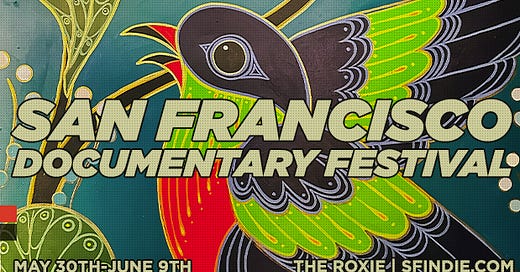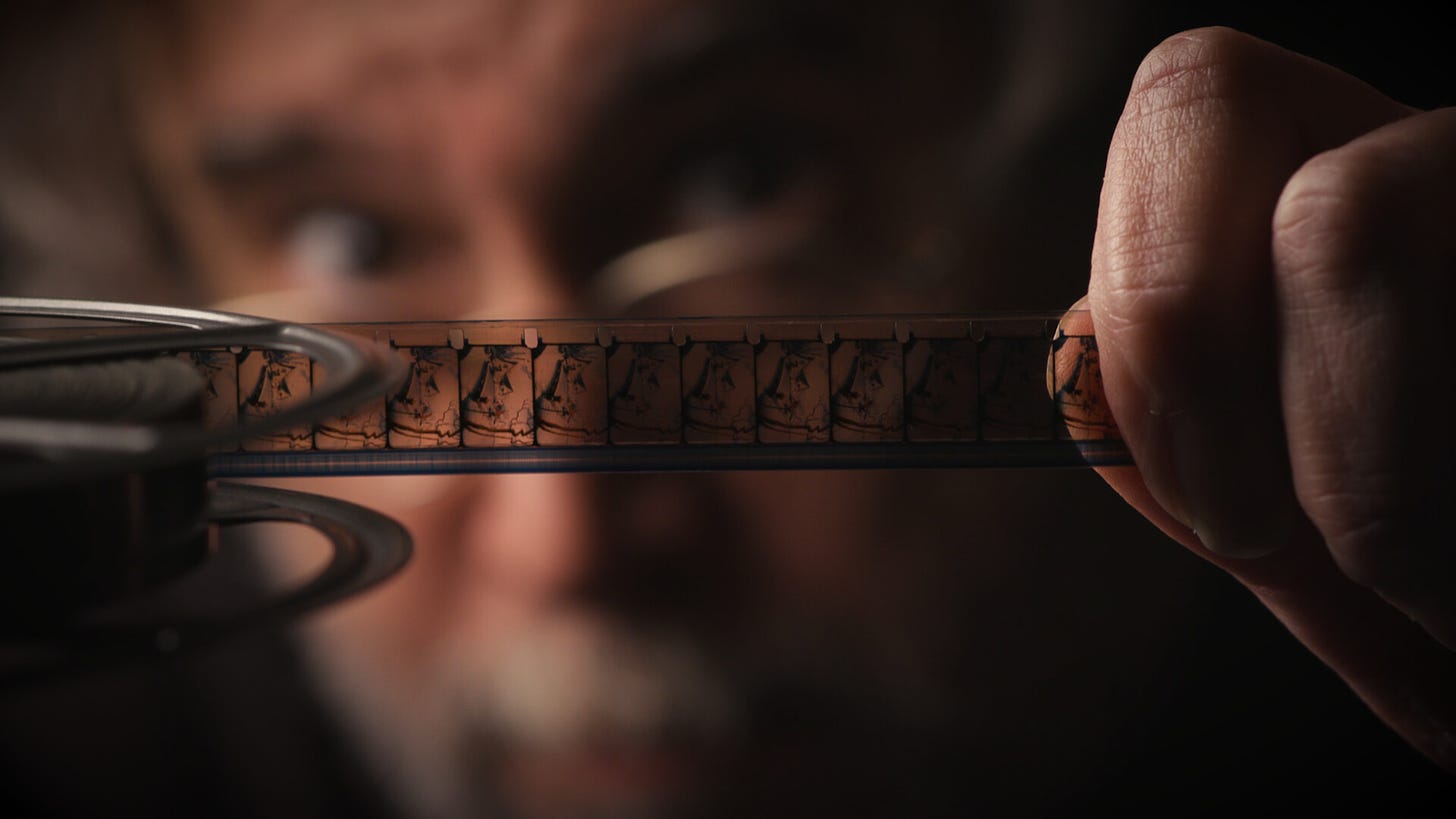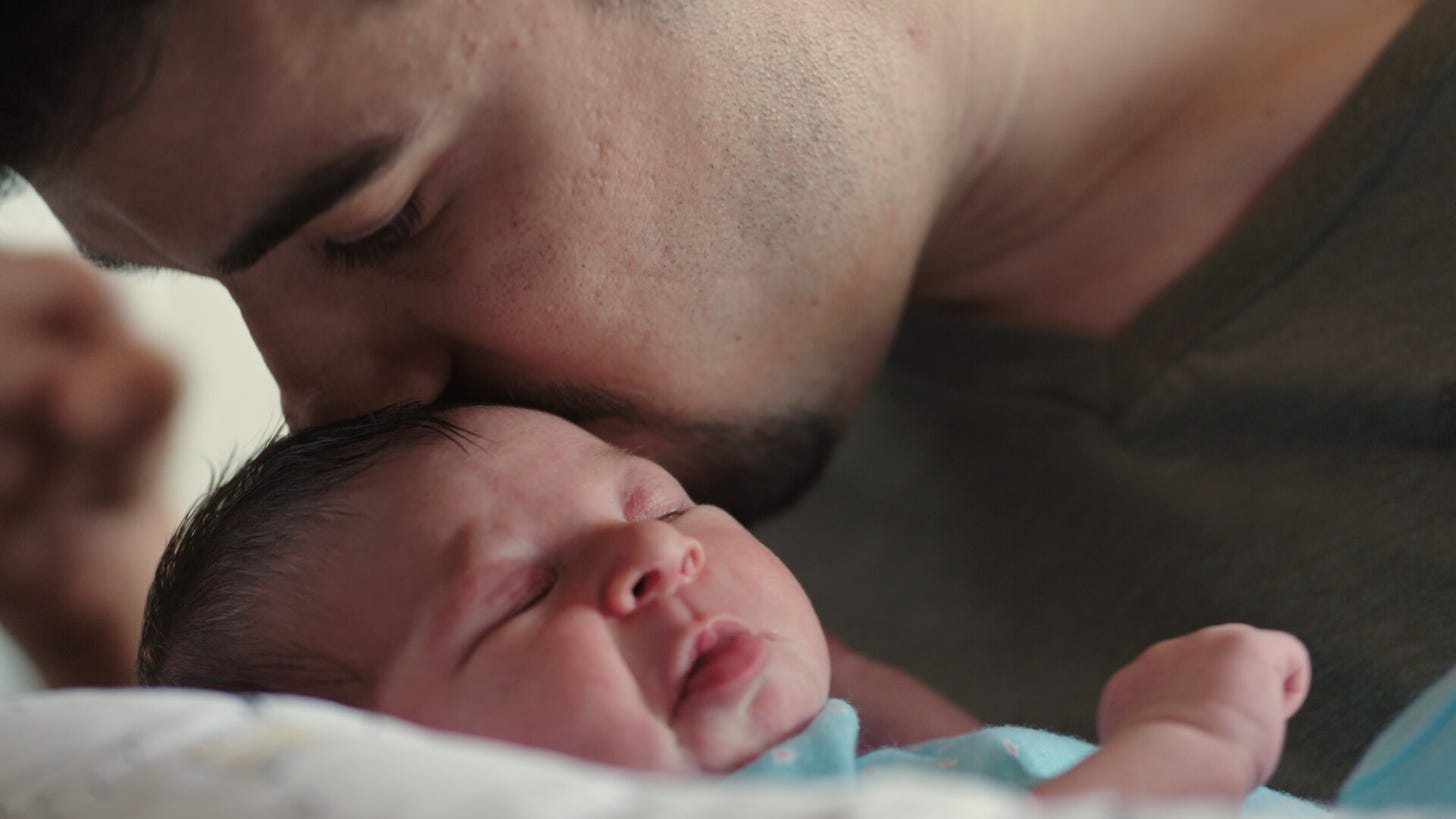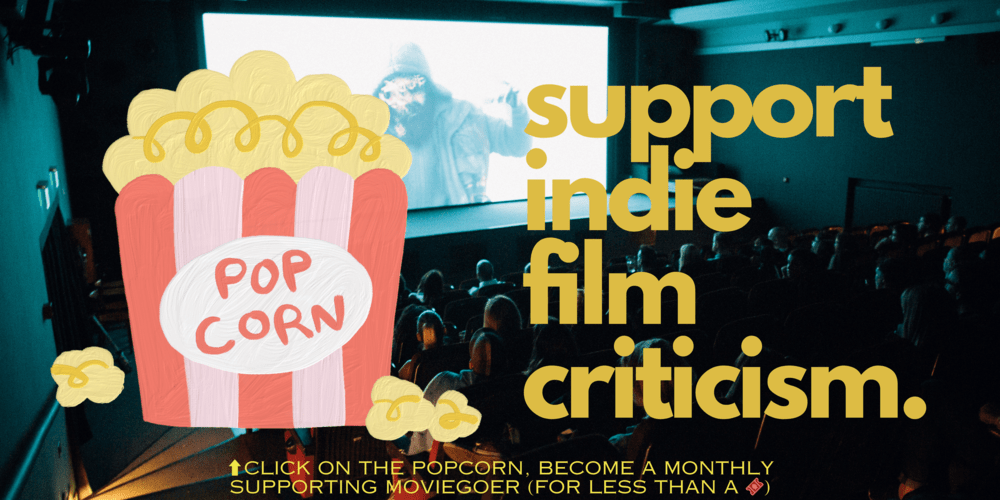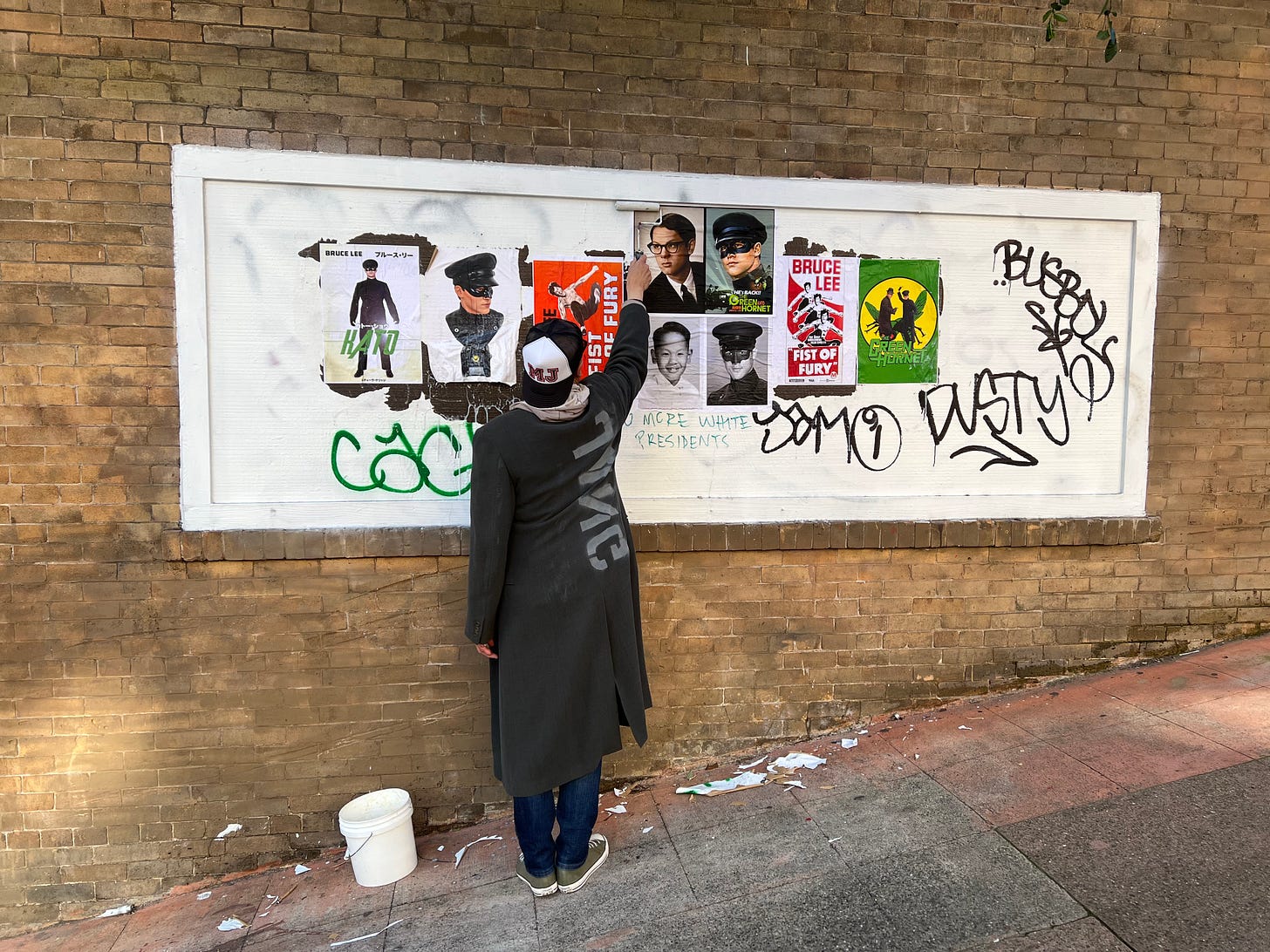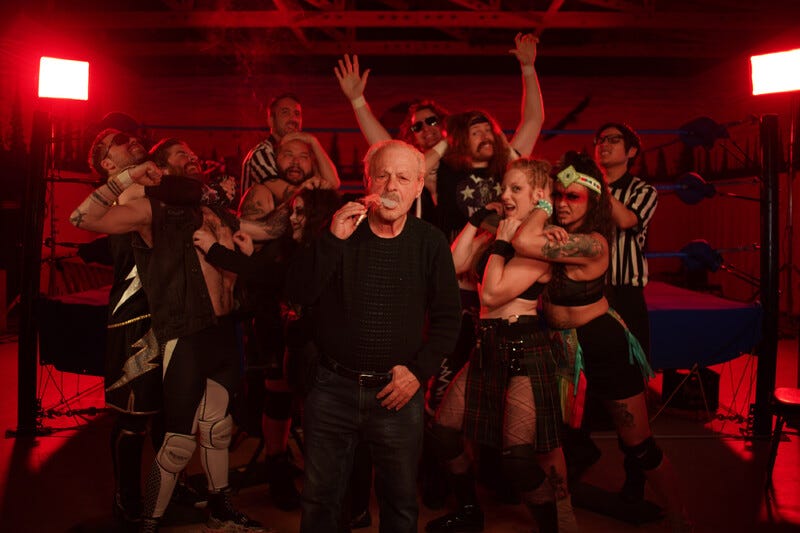Special Coverage: The 2024 San Francisco Documentary Festival, Part 1
Four film selections spotlighted for their entertainment and their real stories.
Dear Moviegoers,
Occasionally, I’ll review films from beyond the bayous of Louisiana and the Gulf South.
Well, more than occasionally. Often.
This time, I’ve been invited to give some thoughts on some of the films from this year’s San Francisco Documentary Festival, running virtually and in-person from now to June 9th.
I chose eight films from a grand slate of diverse cinema, four of which will be covered in this post. For more information and to buy tickets, visit the official website. Hurry before the event ends.
Enjoy:
Director Peter Flynn’s previous feature documentary, The Dying of the Light, ranks as an all-time classic of the form for me. Maybe it’s because the story is about the labor of film exhibition and more specifically projection, in all of its machinery and all of its light. Maybe it’s because Flynn made it all about education, excitement, and the evolution of a medium that is, indeed, nearly lost. Whatever the reason, I loved the film, and I relate strongly to Flynn’s obsession with the mechanics behind the cinema. His latest, Film Is Dead. Long Live Film! takes a spin-off approach to his previous release, this time visiting and interviewing those who save physical and chemical film, no matter the toll. Bleeding heart lovers seem to be his central and repeating characters.
Long Live Film! has been in development for some time now, having seen everything from the further expansion of digital technology to the COVID pandemic, and has come out the other end of trial and turmoil to screen in triumph. Thanks and celebratory congratulations belong to the collectors and the preservationists featured throughout the film, as without their collective personalities and passion, this would be a bland and redundant dud. Long Live Film! trails and tracks over new information, newly informed history, and new people, but it also drags with some antiquated anecdotes and familiar follies from the previous entry in Flynn’s mission. Happily, there’s plenty of thoughtfulness and more than enough life given to the movie through the subjects found and the collections offered.
Collector and projectionist Lou DeCrescenso, who was featured in The Dying of the Light, reappears in a more prominent role, as a lover, an elder, and a torch passer of film. It’s his spirit, and that of every other character, that makes this documentary ever so presentable and always romantic. Give or take a few false endings and worn-out scenes, Long Live Film! remains a letter and a labor of affection, and a dire warning for present-day moviegoers to help save what is left of past movie image memories. 3.5/5
The life that couple Alexander and Orina live, as documented in My Own Normal, is likely one that is limited to a select few pairings, at least here in America. Alexander Freeman, the filmmaker and subject of this very movie, has cerebral palsy, which keeps him in need of assistive services from family, friends, and outside resources. He struggles with getting words out, but is more articulate than the average abled, and maintains the kind of eye contact that makes one weak in the knees. While a day-to-day struggle, his life is pretty remarkable and very much a spotlight for early intervention and social government programs. If only more individuals and families had open access to them.
My Own Normal does offer up some information here and there on how to advocate for oneself and loved ones, but is ultimately Alexander and his family’s story. He interviews his parents and his partner, asking straight difficult questions that result in pure honesty and sometimes uncomfortable revelations - which is exactly what every good to great storyteller is after. Is Alexander Freeman a great storyteller? He’s perceptive, he’s penetrative, and he’s directly palpable. Alexander Freeman is a real reel filmmaker, that’s for sure. And his movie is as tangible as a touch and a grasp. That’s indeed something that only a few artists can convey.
Never a tear-jerker and never playing off of exploitative tropes - why should it have to? - Alexander Freeman has crafted his film as a domestic drama and as a family love affair, most personal and most clear cut. My Own Normal itself is not a call to action for everyone, but an eternal moment of ultimate clarity for one man. A journey, this is. 4/5
Have you heard of Michael Jang? There’s no need for confusion if you haven’t. Being confused is probably appropriate before viewing Who Is Michael Jang?. The man is a professional photographer and a self-gratifying punk at heart. For decades since art school, he lived a life of commercial work and family living. It was only in recent years that the photographs of musicians, celebrities, and life itself that he once flashed and developed were recognized for their composition and amazing style. This is a film that’s partially about discovery after the fact and is all a human profile in the present moment. Michael, many years past his artistic endeavors, remains playful and persistent in his pursuit of silliness. How fun!
Now accepted by skateboarders and art galleries alike, Michael’s photos were previously boxed up and remembered as something that he once did. Who Is Micheal Jang? confidently and creatively conjures a portrait of the artistic mind that can be difficult to tap into and the youthful soul that we all wish to maintain. For Michael, this all comes fairly easy. He asks police officers to handcuff him randomly, just for a personal video. He performs as a chef in a real restaurant because the character is vastly entertaining to him. More than his photography, this guy is an art piece all on his own.
Diving into Chinese-American history and family dynamics, as well as people living on the spectrum, Who Is Michael Jang? is only one of a kind because of its one-of-a-kind figure. Still, if about someone else, eccentric or not, the filmmaking would be as attentive and attractive as it is now. Of course, having Michael Jang helps. 4/5
Doing a pro-wrestling tour of Canada might be a pretty standard culture shock for some grapplers, but driving around some Northern Canadian Indigenous reservations must be startling for up-and-comers in the sports entertainment industry. Called “the death tour,” independent professional wrestlers will brave intensely cold conditions, long drives on difficult-to-traverse roads, and perform for crowds in small communities. On the trip as featured in The Death Tour, a troupe of athletes visit reservation upon reservation, community centers, and schools, all to amaze audiences of mostly kids. Kids who have faced adversity, stress, and death that’s hard for anyone to fathom but all too familiar in these tight-knit towns. More than anything, this film is less about the wrestlers being on the road and facing physical and mental pain, but rather it’s about their go-get-them attitude when entering new places of heartache.
Hitting and pummeling one another in the ring, hugging and chatting with one another in the makeshift locker room afterward. Predominantly, these scenes are what populate the performance lives of these wrestlers. Their phone calls to family, and their stories of past problems - sometimes described in speeches to kids as part of community outreach - are what complete their individual and collective beings. That and acting for and reacting to the love of the children watching and yelling with joy. Rarely before has a sports-related documentary captured the very heart of Indigenous and hard-to-reach places, let alone expressed the love of pro-wrestling and the affection for larger-than-life characters most vividly and importantly.
The two wrestlers in the film that made a big impression on me were The Matriarch, an Indigenous female performer who showcases her heritage in the ring and is embraced wonderfully for it, and Massive Disaster, a male veteran of the industry for over twenty years, who couldn’t be more optimistic and more real if he attempted it. The Death Tour is never cold, never depressed, and never without something good to be said and done. The heart is a muscle, after all. 5/5


